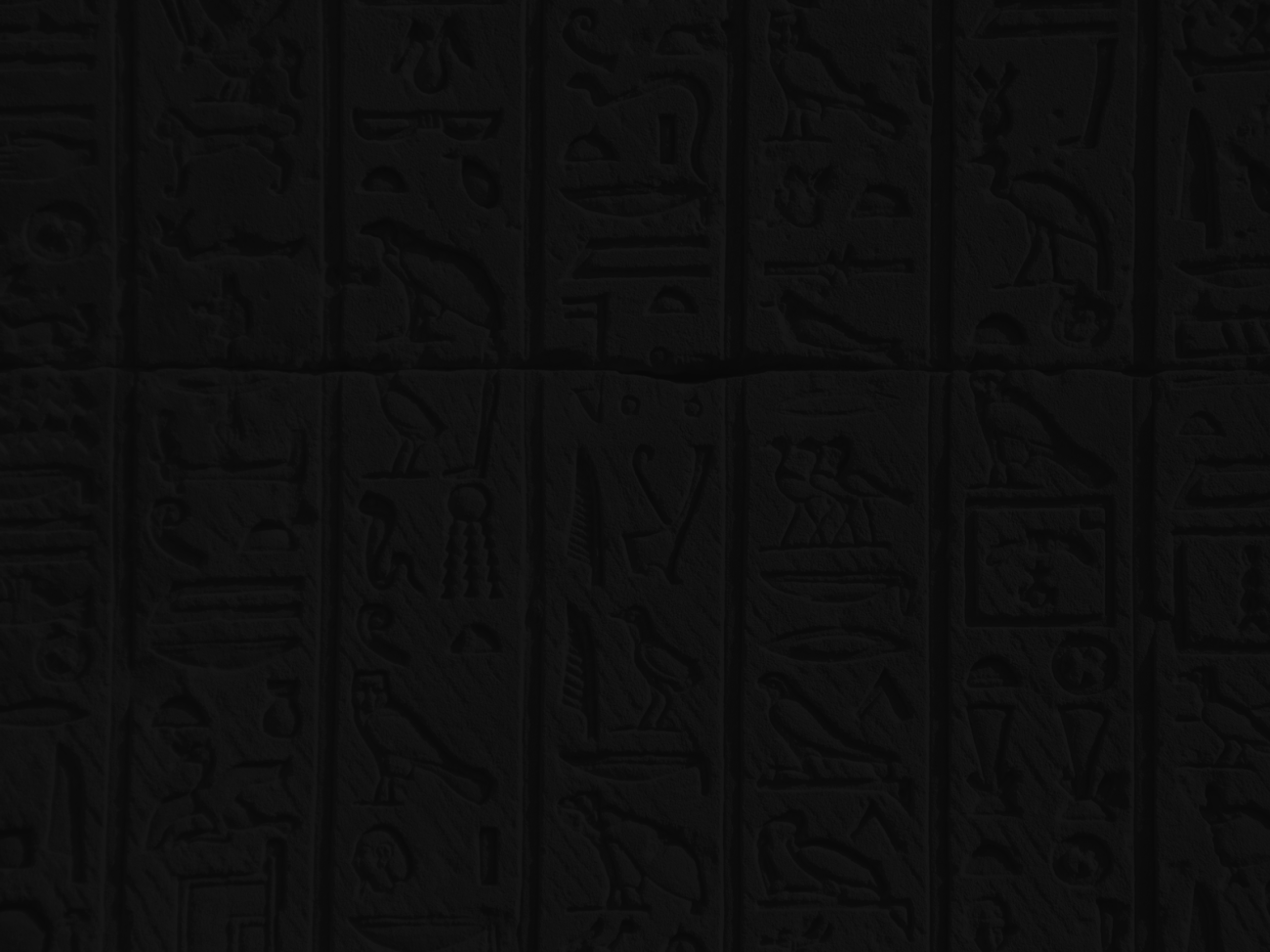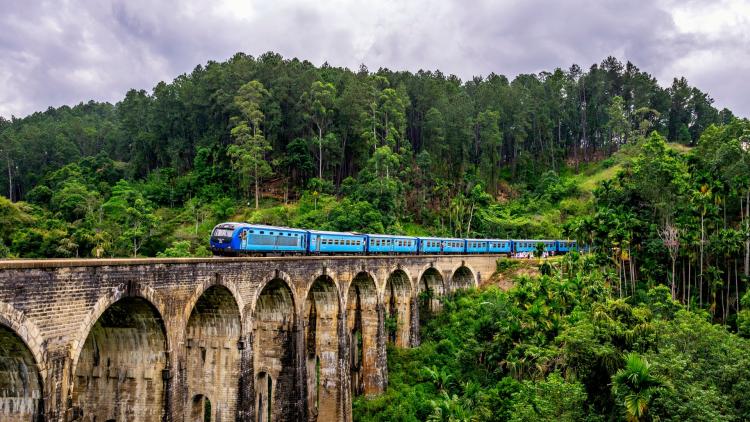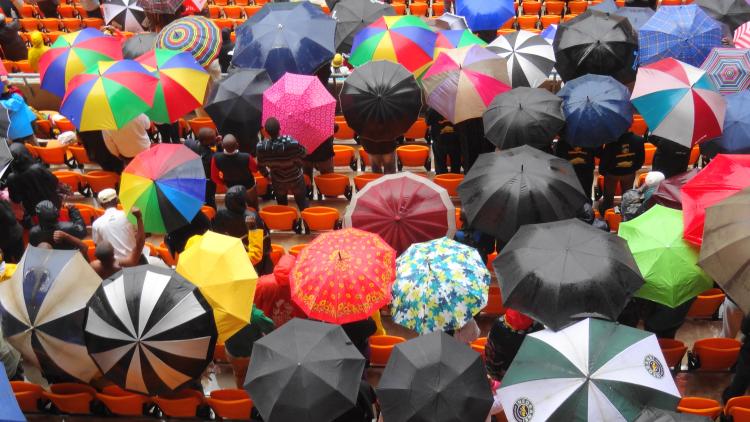South Asian Cinema and the Diaspora (MA)


Key information
- Status
- Module not running
- Module code
- 15PSAH009
- FHEQ Level
- 7
- Credits
- 15
- Department
- School of Languages, Cultures and Linguistics & South Asia Section
Module overview
This is a module on South Asian cinema in South Asia as well as in the diaspora.
Bollywood is perhaps one of the largest film industries in the world and occupies a central space within South Asia and the diaspora. However South Asian cinema is more than Bollywood, as nation states like Pakistan, Bangladesh and even Bhutan have developed their film industries. This course enquires into the role played by cinema in shaping social, cultural and political identities, within South Asia and in the diaspora.
This module will be organised around themes central to the politics and histories of the region like partition, gender, sexuality, caste, discrimination, regional and linguistic identity. It will also look at films in a variety of languages and genres including romantic-comedy, slapstick comedy, horror, thriller, period drama, coming of age narratives etc.
Objectives and learning outcomes of the module
On successful completion of this module a student will be able to:
- understand the different film industries and genres of film present in South Asia and the production, distribution and reception networks in the diaspora
- interpret the films and the conditions of production, distribution and reception in relation to the politics and histories of the region
- compare and contrast films from different countries, in different languages and genres
- create an argument that assesses the films and the context they were produced in
Scope and syllabus
The module will begin with looking at why study film in South Asia, and how to ‘read’ films and situate them in their socio-political contexts.
In the first half of the module we will look at thematic issues, these could include gender, sexuality, mental health and well-being, migration, caste based discrimination. Each week we will look at one or more films from the region or the diaspora and see how they engage with these issues.
In the second half of the module, we will look at conditions of production, distribution and reception. Some topics include film festivals that highlight South Asian cinema: including in the UK, US, South Asia and the Middle East; South Asian films choosing to film outside South Asia, and the role that streaming services play.
Possible films include Kal Ho Na Ho [India], Gangnam Girls [Bhutan], Khuda Kay Liye [Pakistan], Joyland [ Pakistan], Manichitrathazhu plus remakes [India], Funny Boy [Canada, India, Sri Lanka, US]
Workload
Total of 10 weeks teaching with 2 hours classroom contact per week.
Method of assessment
- 50% - Viewing Log (2000-2500 words)
- 50% - Essay or Video (2500 words or 20 minutes)
- The exact assessment deadline dates are published on the relevant module Moodle/BLE page
Preliminary Reading List
- Acciari, Monica. (2019 [2018]) 'The permanency of film festivals: Archiving the changing India', Studies in South Asian Film & Media, 10:1, pp. 41-57
- Desai, Jigna. (2003). Beyond Bollywood: The Cultural Politics of South Asian Diasporic Film
- Dickey Sarah, Dudrah Rajinder (ed.) (2012) South Asian Cinemas: Widening the Lens
- Dwyer, Rachel (2016) Bollywood's India : Hindi cinema as a guide to contemporary India
- Ganti Tejaswini (2012) Producing Bollywood : inside the contemporary Hindi film industry
- Gopinath, Gayatri. (2005). Impossible Desires: Queer Diasporas and South Asian Public Cultures.
- Kurian Alka. (2012) Narratives of gendered dissent in South Asian cinemas
- Mehta, Rini Bhattacharya, Pandharipande, Rajeshwari. (ed.) (2010) Bollywood and globalization : Indian popular cinema, nation, and diaspora
- Punathambekar, A., & Chirumamilla, P. (2022). Televisual Drag: Reimagining South Asian Film and Media Studies. Television & New Media, 0(0)
Disclaimer
Important notice regarding changes to programmes and modules.



